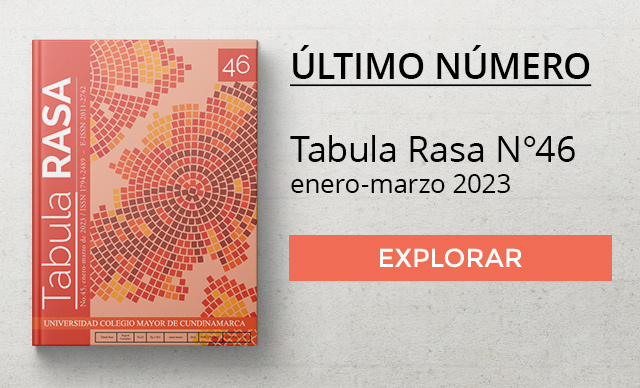https://doi.org/10.25058/20112742.n40.09
Julio Alejandro Castro Moreno
https://orcid.org/0000-0002-5864-0954
Universidad Pedagógica Nacional, Colombia
jcastro@pedagogica.edu.co
Irma Catherine Bernal Castro
https://orcid.org/0000-0003-1912-0312
Universidad Pedagógica Nacional, Colombia
icbernalc@pedagogica.edu.co
Abstract:
We address a theoretical analysis within the framework of interspecies ethnography and complete it with the notion of phenomenological species. Interspecies relationships are illustrated in the case of how dingo dogs have become a particular species but a species needing interaction with others. As there is a big debate about dingoes being a wild or a tame animal (and if it comes from feral dogs), the first section briefly defines domesticity and ferality in dogs. The second deals with general aspects of dingoes, while the third one focuses on the cultural links between humans and dingoes. The fourth and last section presents the final considerations, extrapolating dingo-human relations to a broader spectrum and pointing out that becoming dingo implies becoming human.
Keywords: dingo-human, interspecies ethnography, wild animals, feral, domestic, phenomenological species.







